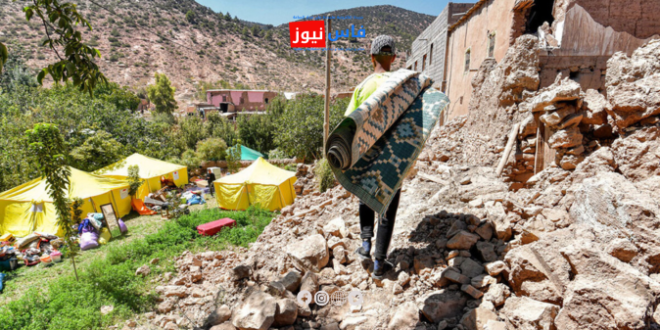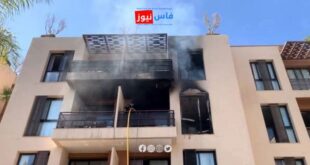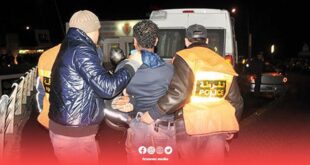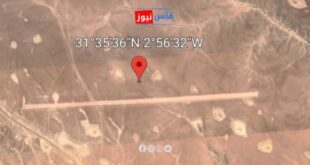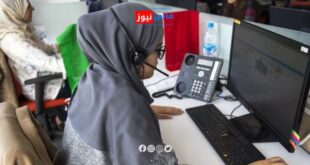The vigilance and monitoring committee responsible for reconstruction in the province of Al Haouz continues its sustained efforts and interventions in the various municipalities affected by the earthquake to implement the reconstruction and rehabilitation program for the impacted areas. This includes providing necessary direct support for the resettlement of affected populations and the rehabilitation of damaged infrastructure.
Reconstruction work in the province has shown advanced completion rates, thanks to the tireless efforts of provincial authorities in close coordination with all relevant partners, services, and government departments, which remain mobilized throughout this period, working with seriousness and continuous dynamism. This has allowed for the acceleration of reconstruction operations.
To facilitate this operation, a precise census of the population has been conducted by mixed committees tasked with evaluating cases individually to determine beneficiaries of financial support based on a technical inspection of affected buildings on-site.
Evidence shows that visits to Douar Anmmar in the Tameslouhte municipality and Douar Aït Mbarek in Dar Jamaâ revealed that most families have returned to their new homes and resumed their normal activities, primarily agricultural, thanks to the implementation of the resettlement and infrastructure rehabilitation program.
In statements to MAP, family members expressed that the rehabilitation of affected areas is proceeding under good conditions, thanks to the high solicitude shown by King Mohammed VI towards populations in earthquake-affected areas, thus providing residents with the opportunity to live in decent conditions.
Noureddine Ait El Haj El Abbas, a resident who benefited from direct reconstruction support in Douar Anmmar, praised the support, mobilization, and seriousness demonstrated by provincial authorities throughout this reconstruction operation to overcome the consequences of the earthquake and begin a new chapter.
Mohamed Bahrour, a resident of Dar Jamaâ (Douar Aït Mbarek), noted that affected individuals are regularly receiving direct aid, which has facilitated a return to normal activities and smooth progress in reconstruction efforts.
Indeed, provincial authorities are making every effort to ensure the implementation of the reconstruction and rehabilitation program for affected areas.
In this context, Hassan Laabidi from the vigilance and monitoring committee stated that construction and rehabilitation of damaged houses have been completed in record time for 9,600 housing units, adding that this number is expected to reach 12,000 units by the end of January.
Laabidi further specified that work on 11,227 housing units is ongoing, while 3,783 buildings are nearing completion, noting that construction operations began in April 2024.
Echoing this sentiment, Hassan Eghighi from the vigilance and monitoring committee mentioned that the reconstruction operation faced objective constraints during its initial phases but overcame them. He cited particularly risky areas classified by the public laboratory for testing and studies as zones where construction is prohibited or subject to strict conditions.
He also discussed the mountainous and rugged terrain of the province, as well as the high cost of transporting construction materials and a lack of labor force. He explained that constructing 26,228 housing units requires four workers per house, totaling 104,000 workers—a number not available in the province.
Alongside these tireless efforts within the framework of reconstruction and rehabilitation operations progressing at a steady pace, Al Haouz province has also seen significant development projects realized that positively contribute to overcoming the consequences of the earthquake.
 فاس نيوز ميديا جريدة الكترونية جهوية تعنى بشؤون و أخبار جهة فاس مكناس – متجددة على مدار الساعة
فاس نيوز ميديا جريدة الكترونية جهوية تعنى بشؤون و أخبار جهة فاس مكناس – متجددة على مدار الساعة

